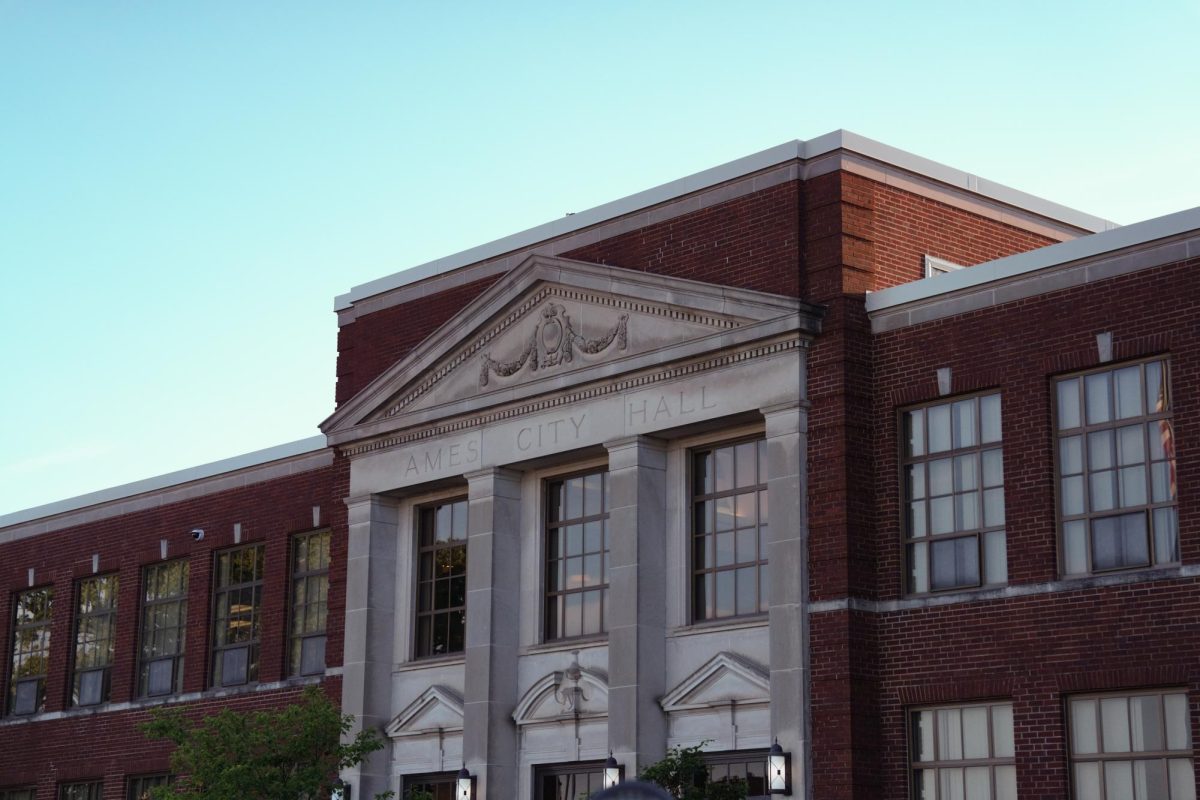Virtual-reality theater will open for workshop
June 14, 2000
Virtual reality just got a little more realistic at Iowa State.
C6, the first six-sided virtual-reality theater of its kind in the United States, will be showing off its virtual abilities for the first time June 19 for the International Immersive Projection Technology 2000 workshop.
The $6 million facility is located in the atrium of Howe Hall and will have a public opening in the fall, said Jim Bernard, director of Iowa State’s Virtual Reality Applications Center (VRAC).
Bernard said the difference between Iowa State’s old virtual-reality system, C2, and the new C6 begins with the number of walls images can be projected on.
C2 provides images on three walls and the floor, while C6 completely immerses users with images projected on all four walls, the floor and ceiling, he said.
Carolina Cruz-Neira, associate director of VRAC, said the use of all six sides has multiple real-world applications.
“For example, if you’re in the middle of a tornado, you want to be able to look all around you, both above and below,” said Cruz-Neira, assistant professor of electrical and computer engineering. “If you’re driving a car, you want to see in front and behind and all the sides.”
Cruz-Neira said C6 will also feature new computer, projection and tracking technologies.
In addition, C6 is the first completely wireless virtual-reality system in the world, Bernard said. He said this allows users to be unobstructed as they move around the virtual theater and view all sides.
They’ll also avoid becoming tangled with other users, as the space can hold up to 10 people, Cruz-Neira said.
She said with multiple users, C6 is controlled by one person, but everyone participating sees the same thing.
“It’s the same idea as driving a car. You have one driver and the rest are passengers, but you all can see the same landscape. You all get to share the same experience,” Cruz-Neira said.
C6 will also be used in conjunction with the older C2 and other virtual-reality systems around the world.
“The exciting thing for us with C6 and C2 [is] that we will have a wonderful facility for collaborative virtual environments,” Cruz-Neira said.
She explained the facilities can be connected to allow geographically distant systems to share the same virtual world at the same time. For example, an engineer in Iowa could explore a design in virtual reality with a manufacturer in New York without either of them ever being in the same room together.
Cruz-Neira said C6 will be used primarily for research and not by students, but it will be refined and opened for public viewing in the fall.
“Usually this type of technology tends to be related with the West Coast or the East Coast, not the middle, so it will have an even bigger impact,” she said
Bernard said one of the reasons only four C6 systems currently operate in the world is their massive space requirements. He said C6 takes up almost three floors.






